Here's an ultra-easy fruit jelly recipe using just canned fruit and gelatin. By using the can as a mold, there's no need to prepare a separate mold. The visual impact of the jelly retaining the shape of the can adds to its appeal. I'll also introduce variations, including using molds for an elegant presentation and making it in cups, all using the same ingredients!
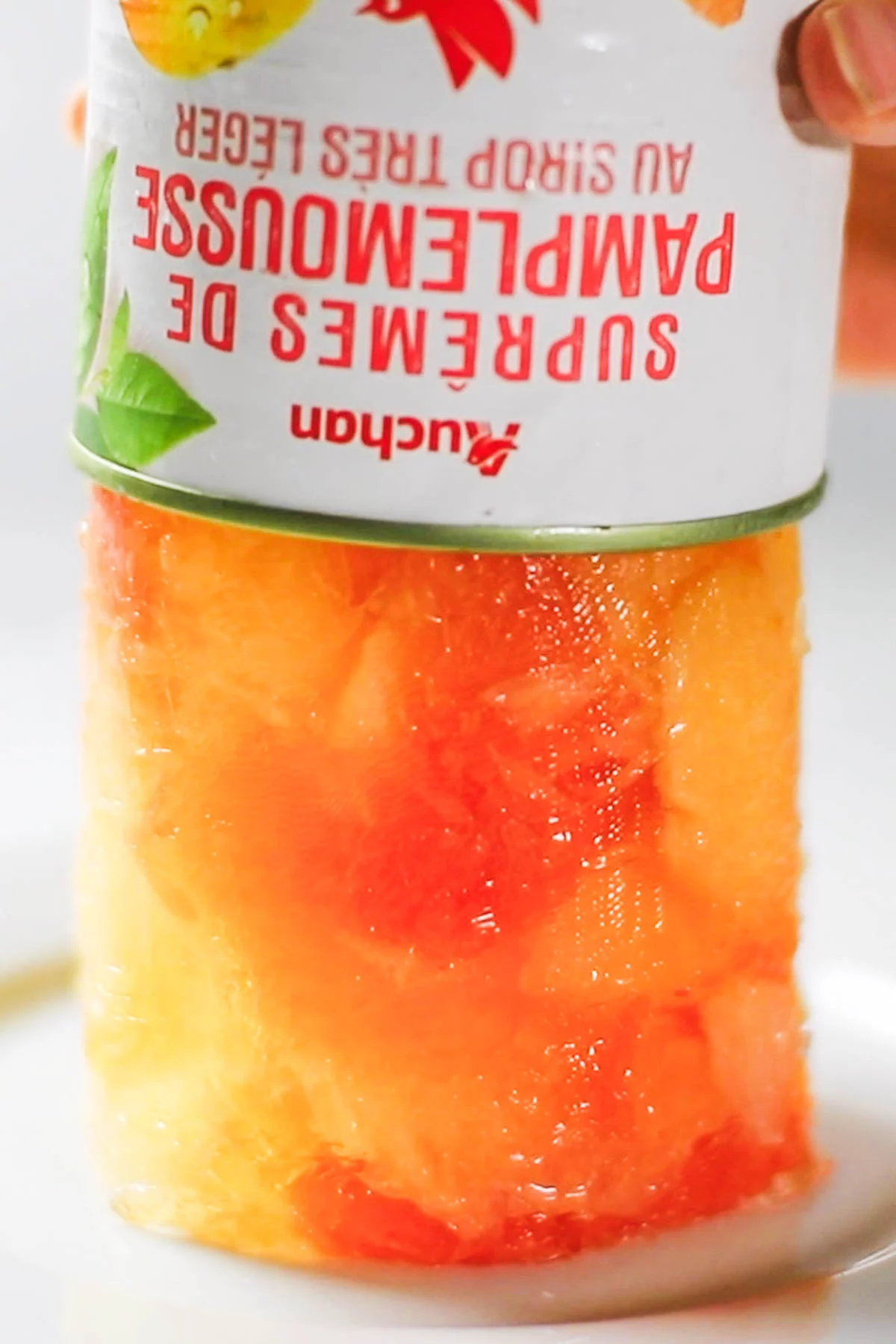
Recipe Video
Ingredients

- Canned Fruit - Please use your preferred canned fruit. You can make it the same way with canned peaches, apricots, pineapples, and others.
- Sheet gelatin - or can be made with equal amounts of powdered gelatin.
Instructions
Canned Jelly
- Soak the sheet gelatin in cold water to soften.
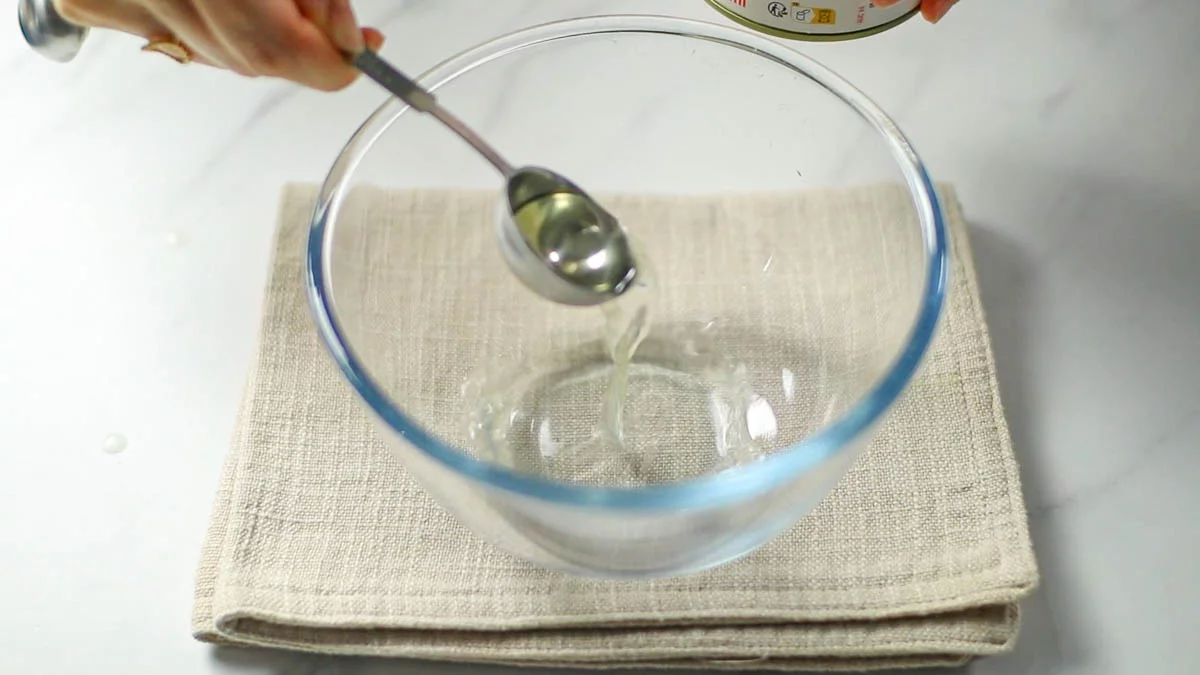
Open the canned fruit and transfer about 3 tablespoons of the syrup from the can to a bowl. Add the softened sheet gelatin (or powdered gelatin, if using) to the syrup.
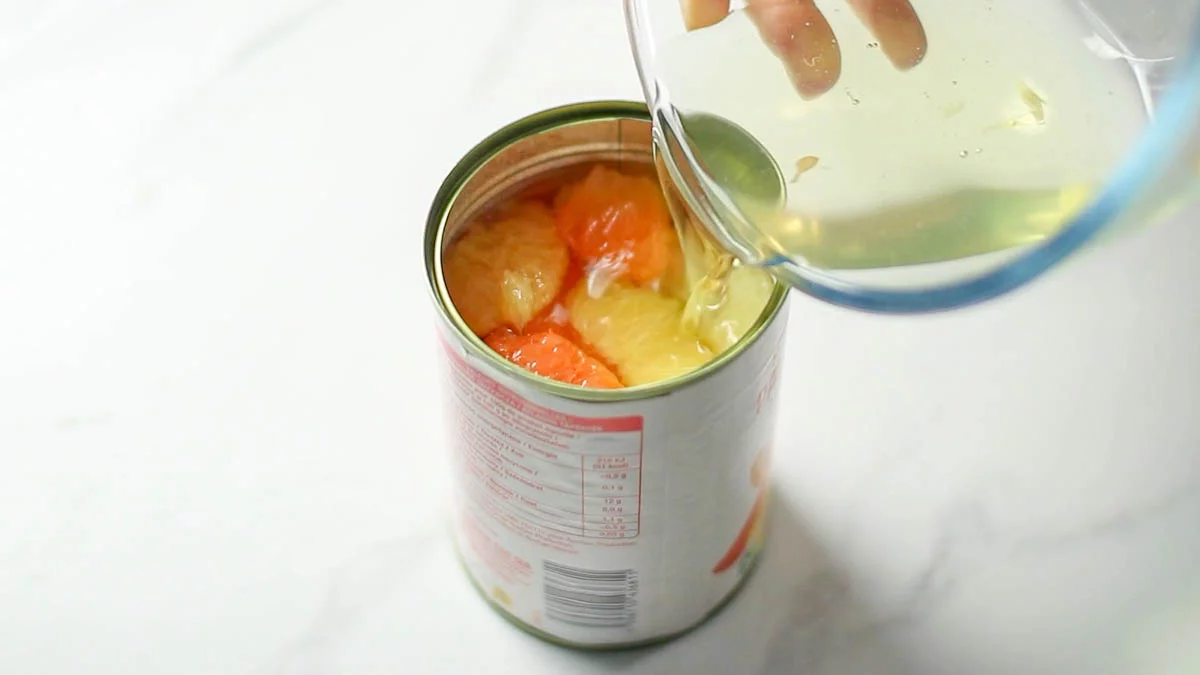
Heat the mixture in the microwave to melt the gelatin. Once melted, pour the gelatin back into the can. Stir the syrup inside the can, ensuring that the melted gelatin is evenly distributed throughout. Refrigerate for at least 2 hours, until thoroughly chilled.
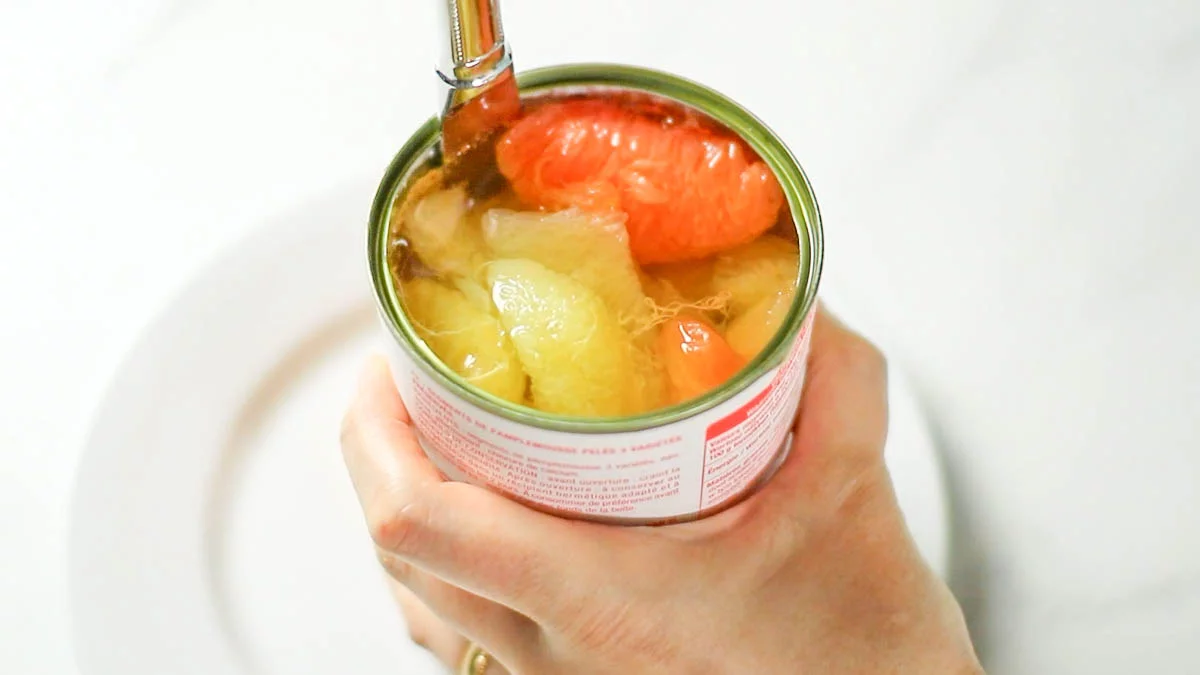
Once the jelly has set, remove it from the refrigerator. Use a knife or a skewer to gently go around the edges between the jelly and the can, loosening the jelly.
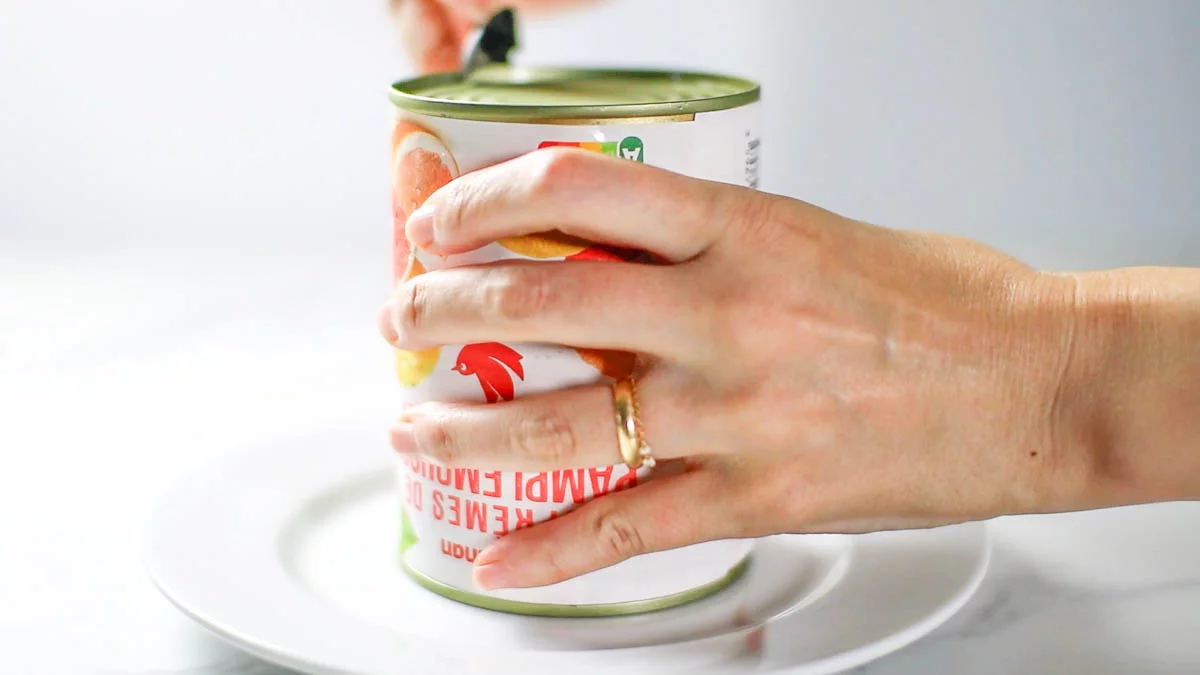
Place a plate on top of the can and flip it over. Use a can opener to make a small hole in the bottom of the can. Allowing air to enter from the bottom will make it easier for the jelly to come out.
Slowly lift the can. If the jelly doesn't come out easily, it might be caught on the lip of the can at the top. In that case, use a knife or skewer to carefully remove any jelly or fruit that might be stuck before lifting the can again.

Remove the jelly from the can, and it's ready to enjoy!
Fruit Jelly Cake
- Soak the sheet gelatin in cold water to soften.
- Line the bottom and sides of the mold with plastic wrap or reusable parchment paper.
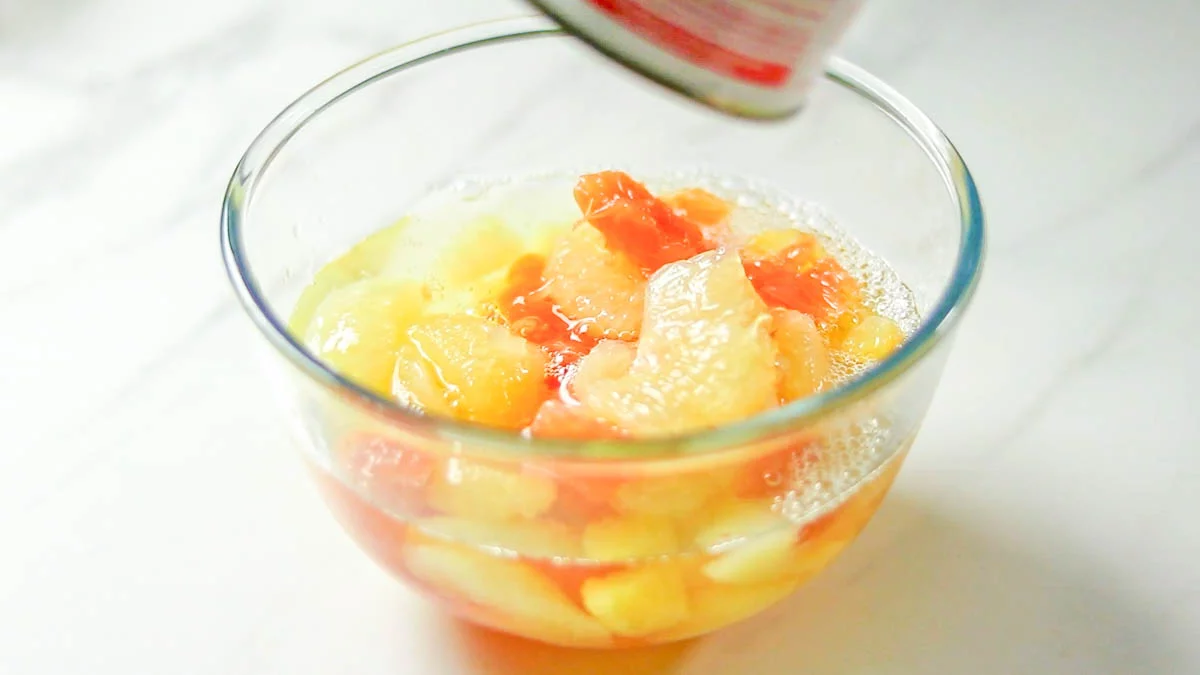
Open the canned fruit and transfer about 3 tablespoons of the syrup from the can to a bowl. Add the softened sheet gelatin (or powdered gelatin, if using) to the syrup.
Heat the mixture in the microwave to melt the gelatin.
Add all the remaining fruit and syrup from the can into the gelatin mixture and mix well.
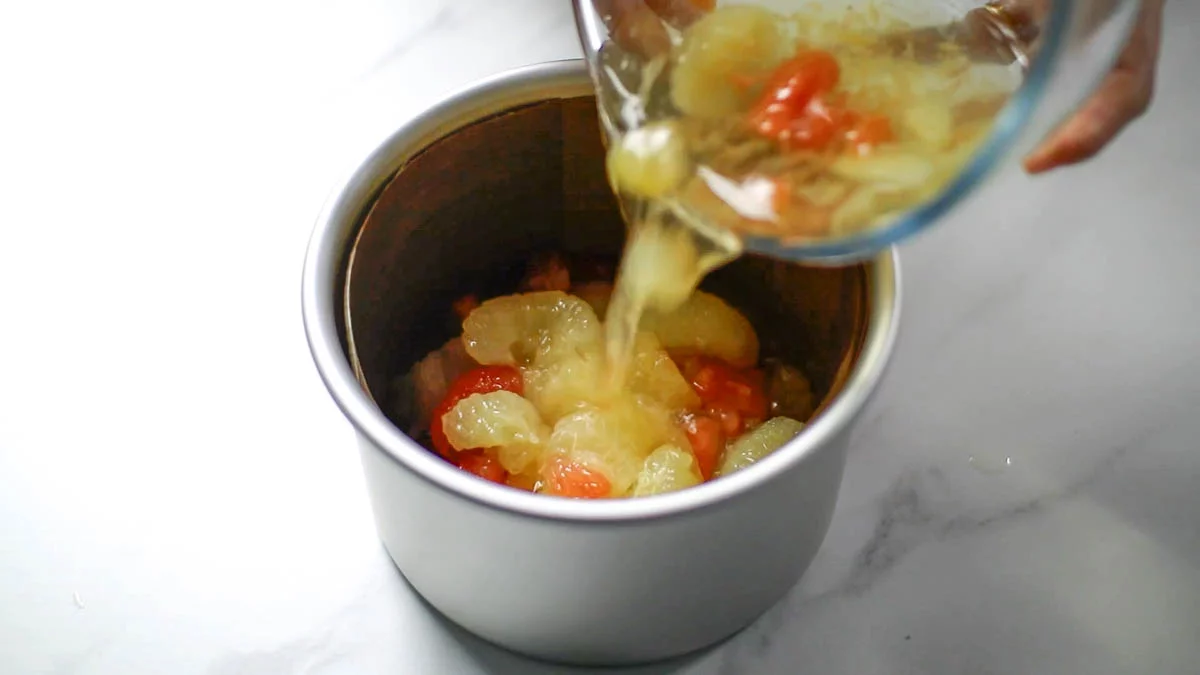
Place the fruit in the prepared molds and pour in the syrup.
Refrigerate well for at least 2 hours.
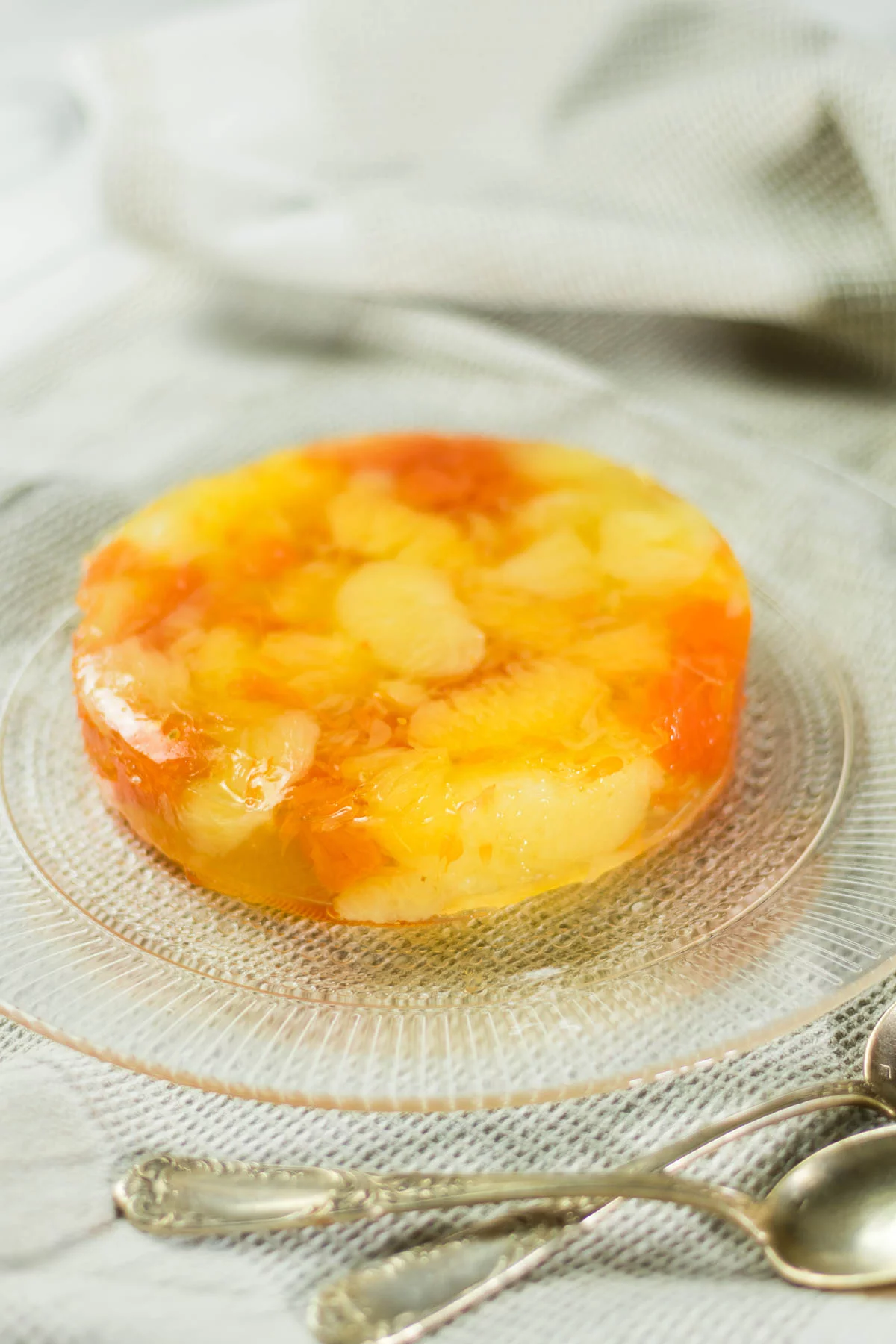
Once the jelly has set, remove it from the refrigerator. Gently warm around the sides of the mold. Invert the mold onto a plate to release the jelly, and it's ready to serve.
Fruit cup jelly
- Soak the sheet gelatin in cold water to soften.
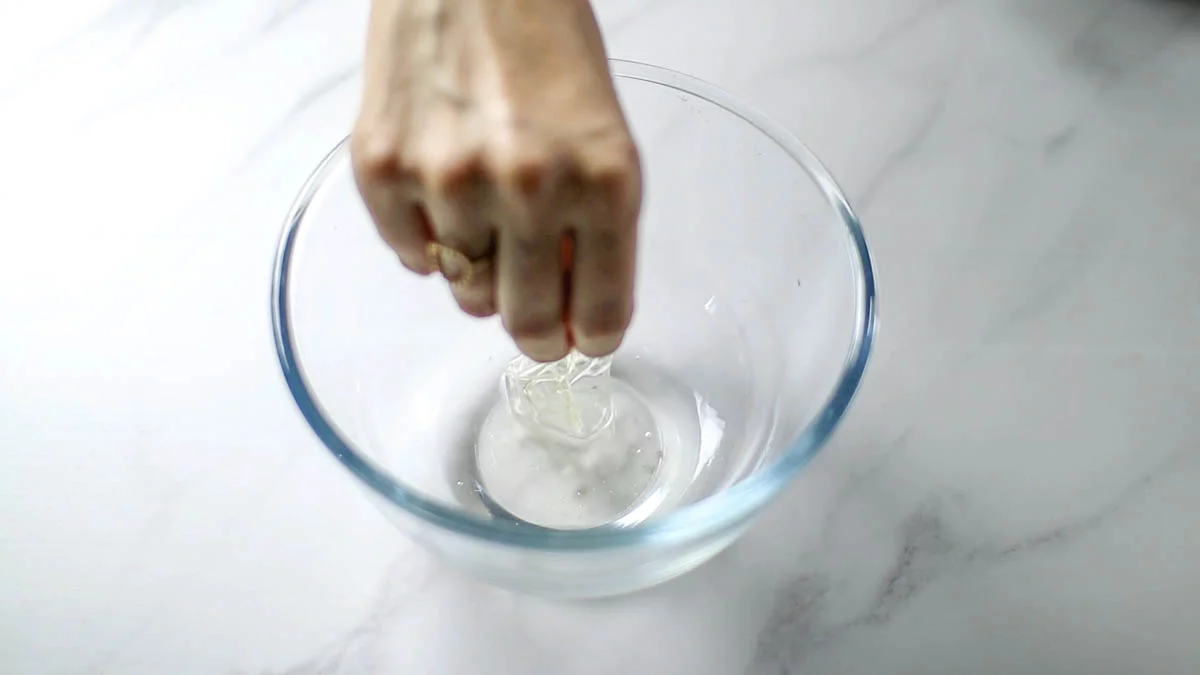
Open the canned fruit and transfer about 3 tablespoons of the syrup from the can to a bowl. Add the softened sheet gelatin (or powdered gelatin, if using) to the syrup.
Heat the mixture in the microwave to melt the gelatin.
Add all the remaining fruit and syrup from the can into the mixture. (If using fruit cups, pour the melted gelatin into the cups and mix.)

Place fruit in a cup and pour in syrup Chill well in the refrigerator for at least 2 hours.

When unmolding, first dip the cup in hot water for about 3 seconds to warm it up.
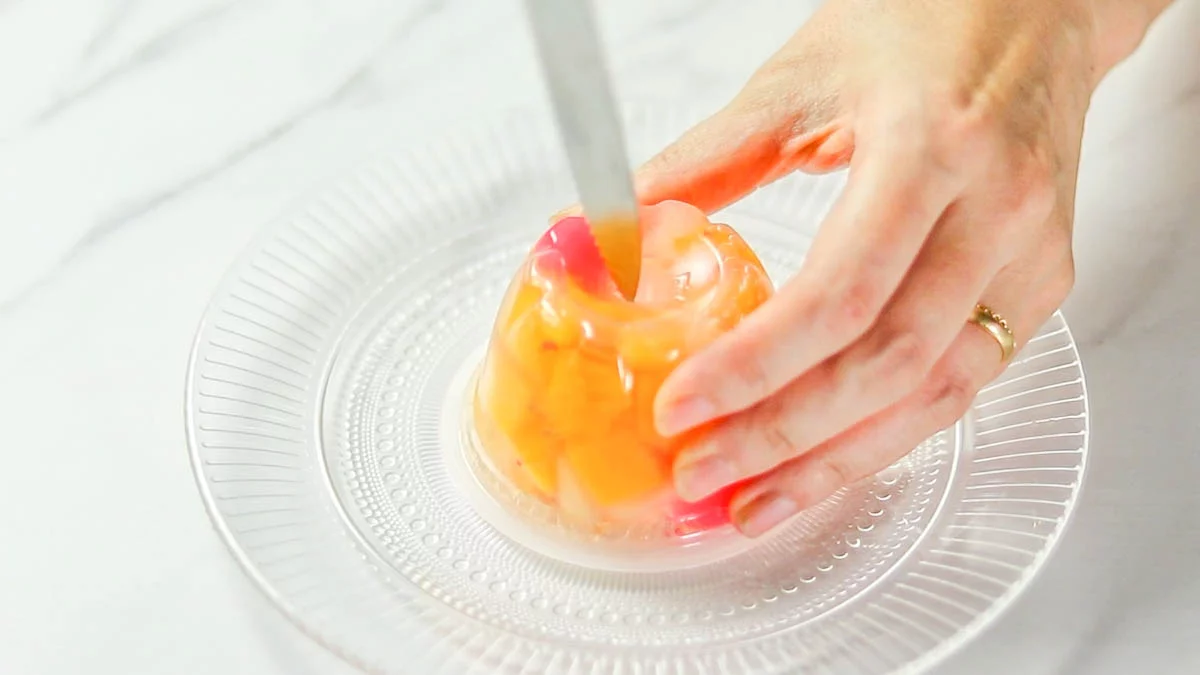
For disposable cups, making a small hole in the bottom with the tip of a knife makes it easier to release the jelly. If you're using non-disposable cups, invert the cup onto a plate and firmly press both the plate and the cup, then gently tap the cup up and down to release the jelly.

Transfer the jelly onto a plate, and it's ready to enjoy!
Storage
Cover with plastic wrap or place in a storage container and store in the refrigerator. It will keep for about 3 to 5 days.
Variation
You can make this recipe using canned fruits of your choice, such as mandarins, pineapples, apricots, etc.
If you're interested in making fruit jelly using fresh fruits, you might find the following recipe helpful as well.
Equipment
The trickiest part of making jelly might be unmolding it.
When making it in a can or using disposable cups, creating a hole at the bottom for air circulation makes it easier to remove the jelly. However, when using other molds, unmolding can be a bit challenging.
For the jelly made in a cake mold this time, I used reusable parchment paper. Reusable parchment paper doesn't become soggy with moisture, making it easier to unmold the jelly and achieve a clean finish.
If you don't have reusable parchment paper for molding, you can lightly wet the mold with water and line it with plastic wrap.



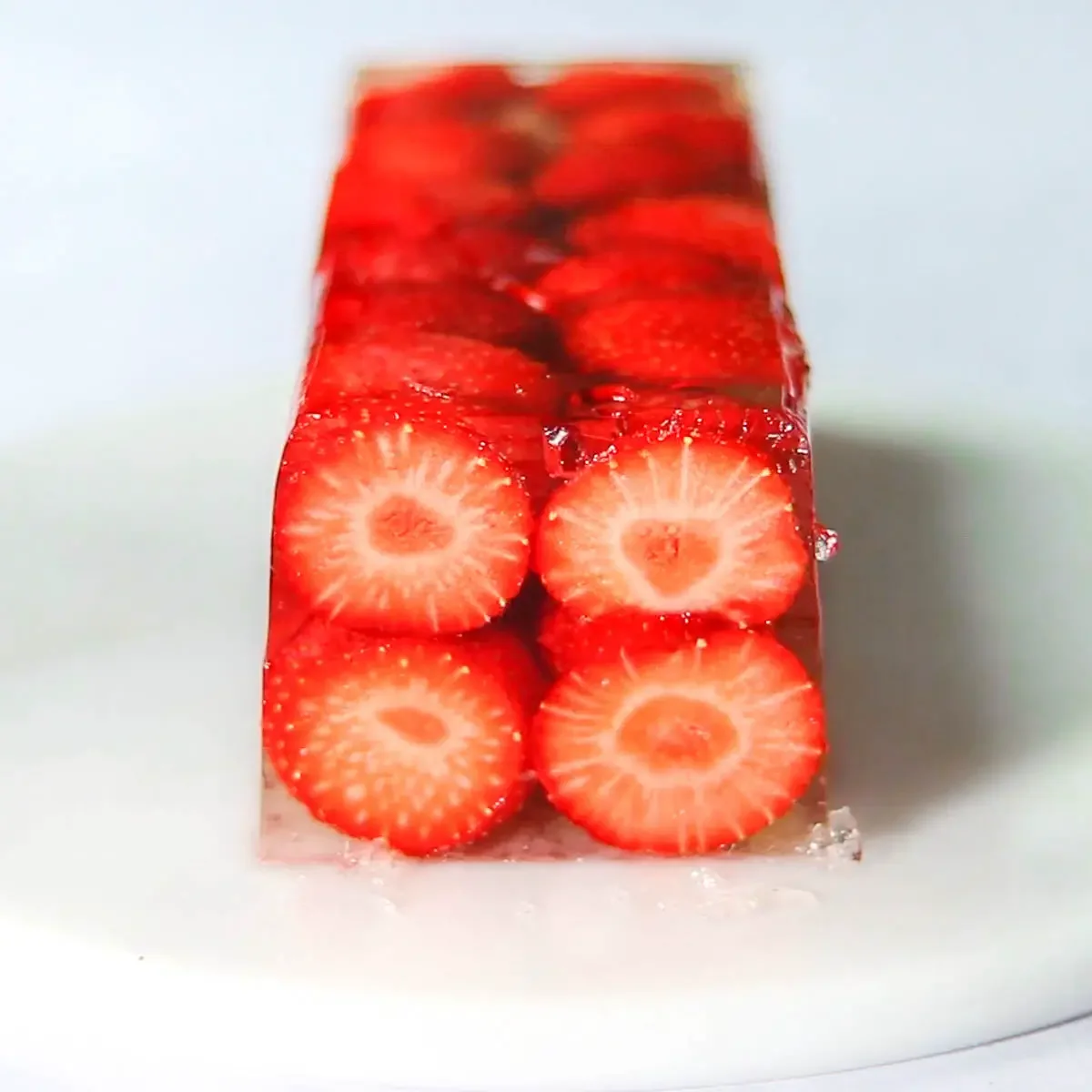

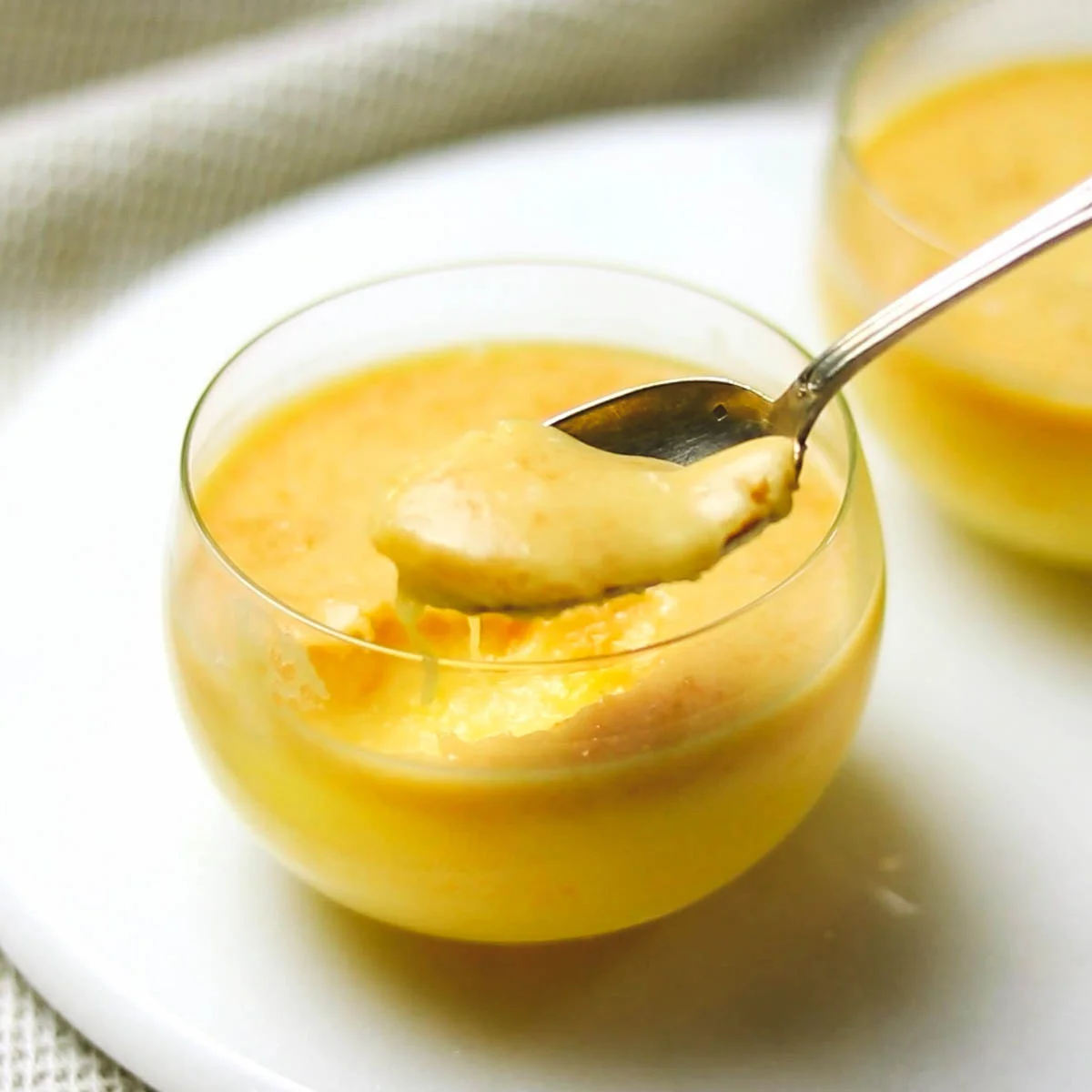

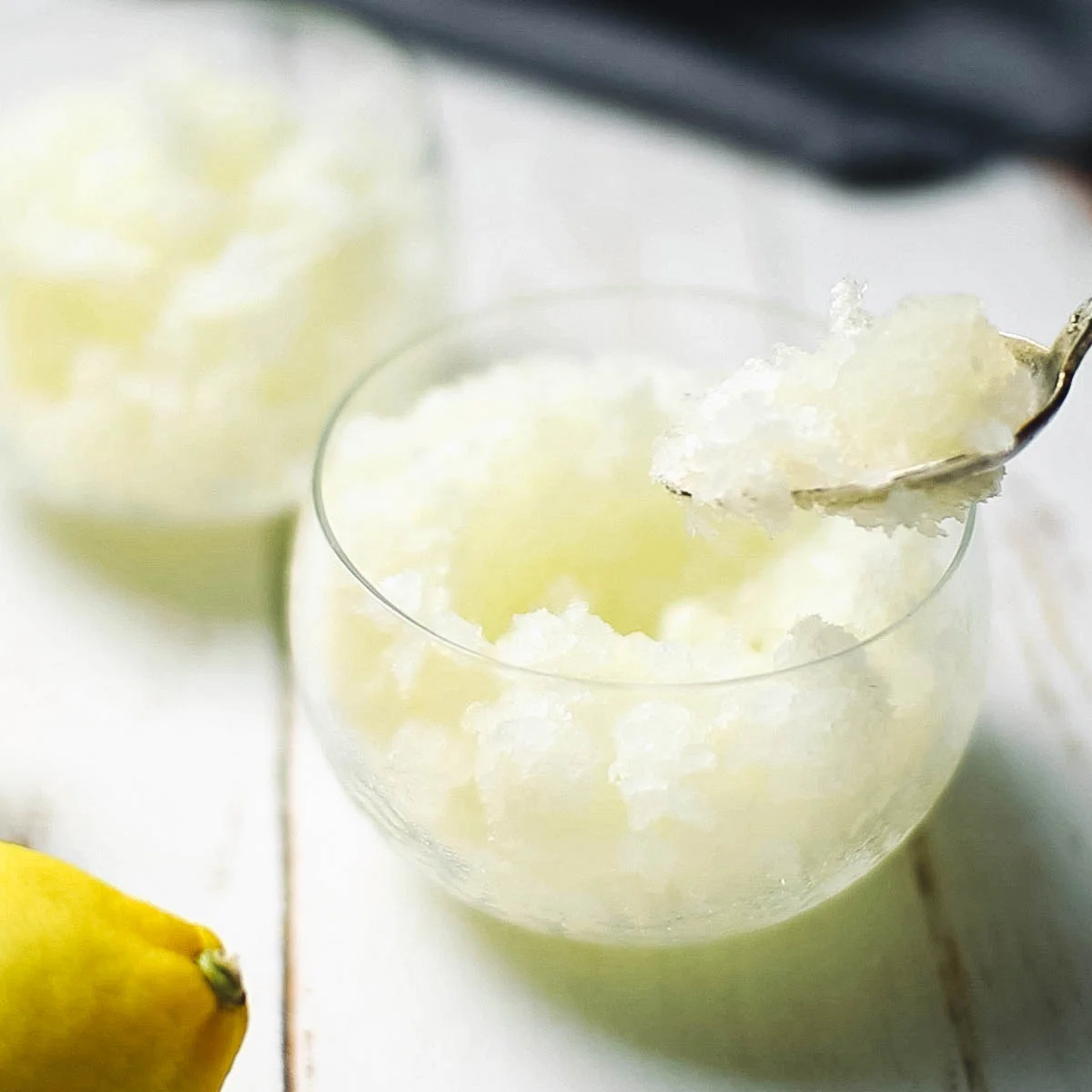
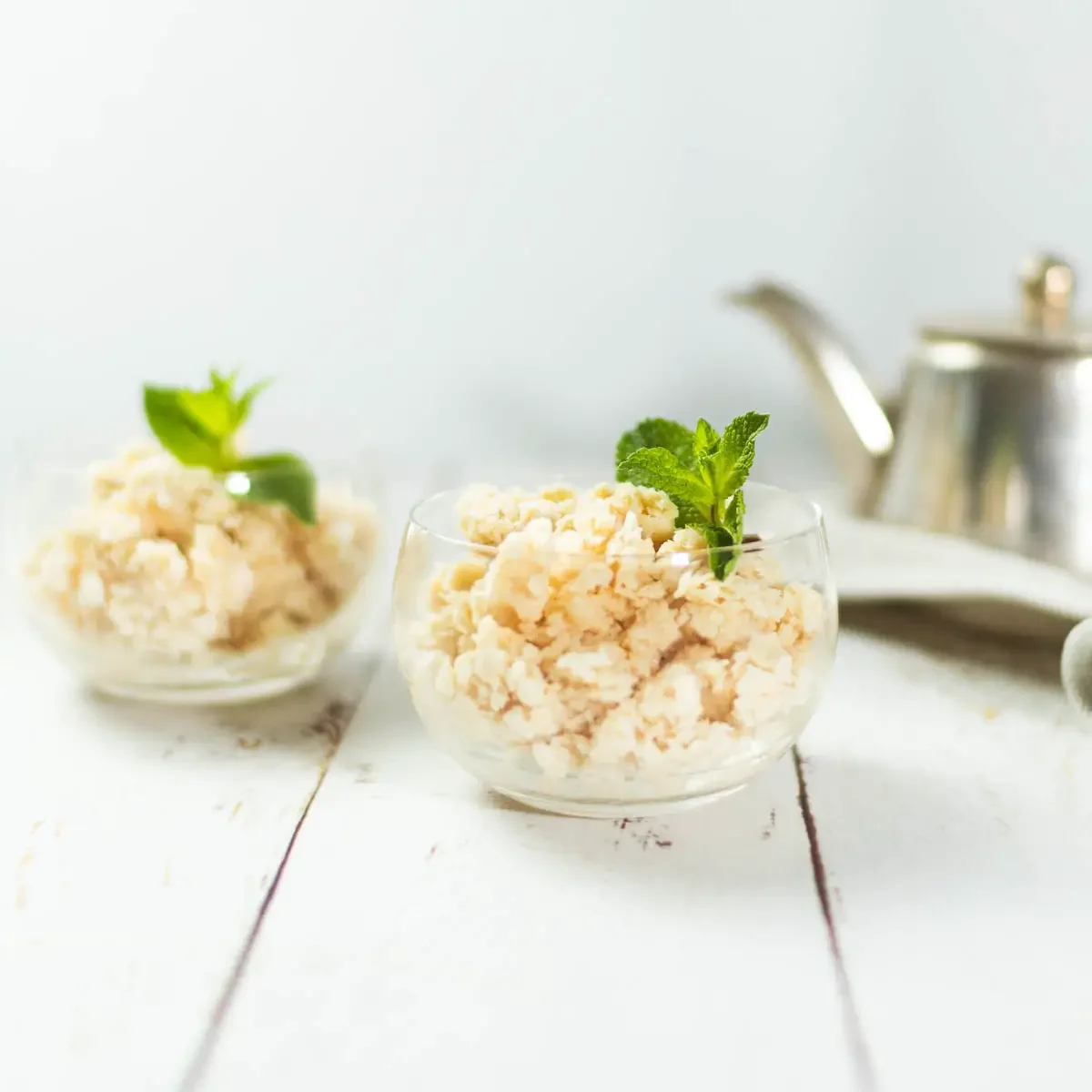

Leave a Reply